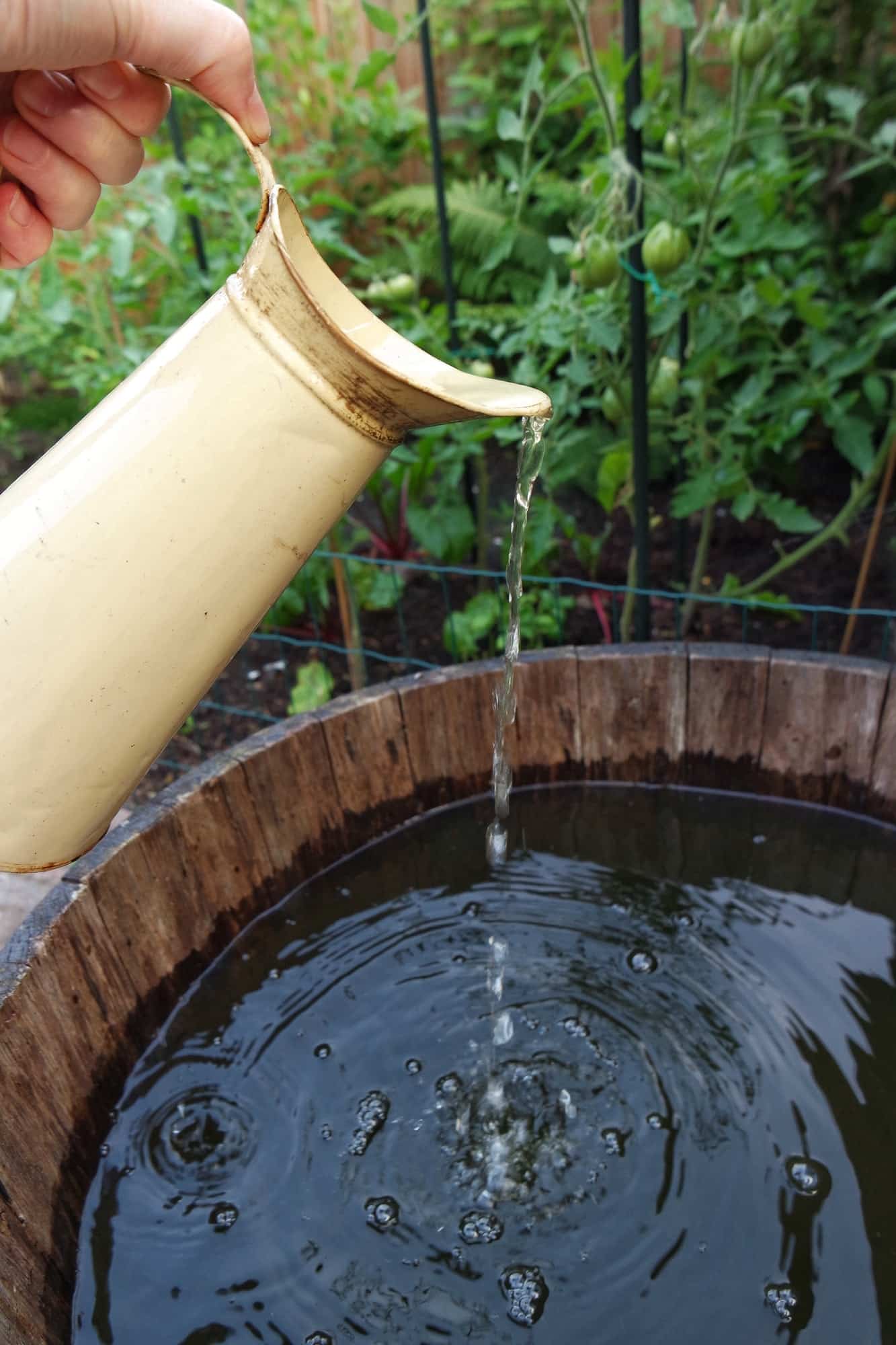What’s the Best Method for a DIY Rainwater Harvesting System for Home Use?

The sound of rain drumming on rooftops can elicit a sense of coziness, marking an ideal time for a hot cup of coffee and a good book. But beyond the comforting noise, rainwater holds significant potential for your home use. One of these potentials lies in harvesting rainwater.
Converting rainfall into a valuable resource, rainwater harvesting systems have seen an exponential rise in popularity in recent years. They provide a way to collect and store rainwater for later use in your garden, or even inside your home. This guide will introduce you to rainwater harvesting and will help you build your own DIY system at home.
Avez-vous vu cela : What’s the Best Way to Create a Dedicated Craft Room for Scrapbooking?
Assessing the Viability of a Rainwater Harvesting System
Before diving into the step-by-step guide on how to build a rainwater harvesting system, it’s crucial to assess the viability of such a system for your home. Not every house or garden is suitable for rainwater collection, and several factors will determine the effectiveness of your rainwater harvesting system.
Firstly, consider your local climate. Areas that receive a significant amount of rainfall throughout the year are naturally more suited for rainwater collection. However, even in drier climates, a well-designed system can still provide substantial water savings.
Lire également : How to Integrate a Minimalist Fish Pond into a Japanese-Inspired Garden?
Next, look at the size and shape of your roof. This is known as your catchment area. A larger roof will collect more rainwater, and certain designs, like a pitched roof, can help funnel rain towards your collection points.
Selecting and Installing a Suitable Barrel or Tank
Choosing the right barrel or tank for your rainwater harvesting system is an essential step in the process. Your barrel or tank will be the primary storage for your collected rainwater, so it’s important to pick one that’s durable, waterproof, and large enough to hold the amount of rainwater your home can collect.
A standard rain barrel can hold around 50-60 gallons of water, while rainwater tanks can store much larger volumes. The size you need will depend on your catchment area and the average rainfall in your region.
When installing your barrel or tank, ensure that it’s placed on a solid, level surface close to a downpipe from your roof. Most systems use a diverter inserted into the downpipe to direct rainwater into the barrel or tank. You might need to cut your downpipe to fit the diverter.
Setting up a Rainwater Catchment System
Setting up a rainwater catchment system involves directing rainwater from your roof into your barrel or tank. This is typically done through your home’s existing gutter and downpipe system.
First, clean your gutters and downpipes thoroughly to remove any debris that might contaminate your collected water. Then, install your diverter into the downpipe, making sure that it’s level with the top of your barrel or tank.
Connect a pipe from the diverter to your barrel or tank. This will allow rainwater to flow directly from your roof into your storage. Ensure that the pipe is angled downwards to facilitate the flow of water.
Maintenance and Use of the Rainwater Harvesting System
Once you’ve built your rainwater harvesting system, it’s important to maintain it properly to ensure its longevity and effectiveness. Regular cleaning and inspection of your system will prevent debris build-up and water contamination.
To clean your system, empty your barrel or tank and scrub it with a mild detergent. Rinse thoroughly to remove any soap residue. Clean the diverter and pipes as well to remove any debris.
Rainwater collected from your system can be used for a variety of home uses, including gardening, flushing toilets, and washing cars or windows. However, if you plan to use the water for drinking or cooking, further purification steps will be necessary.
Remember, the key to a successful DIY rainwater harvesting system lies in proper planning and maintenance. With a bit of effort, you can build a system that not only saves you money on your water bills but also contributes to a more sustainable lifestyle.
Implementing Filtration Systems for Collected Rainwater
Investing time to set up a filtration system ensures that the harvested rainwater is clean, free from contaminants, and safe for various household uses. A filtration system is most beneficial if you plan to use the rainwater for drinking or cooking.
Primarily, a filtration system works by removing debris, pollutants, and bacteria from the rainwater. Two common types of filtration systems for rain harvesting systems are mechanical filters and biological filters.
Mechanical filters work by physically removing particles from the water. A popular kind of mechanical filter is the roof washer, which keeps the first flow of rainwater – often the dirtiest due to accumulated dust and debris on the roof – away from the storage tank.
On the other hand, biological filters use natural processes to purify the water. These might involve the use of sand or gravel, or even plants in a constructed wetland filter.
Remember to regularly clean and maintain your filters, similarly to how you maintain your collection system. This will ensure a steady supply of clean, harvested rainwater.
Conclusion: A Step Towards Sustainability
In conclusion, building a rainwater harvesting system can be a rewarding DIY project. Not only does it save money on water bills, but it also is a significant step towards sustainability and responsible water usage. Rainwater is a free and renewable resource, perfect for home use with the right collection and filtration systems.
However, it’s crucial to remember that the effectiveness of a rainwater harvesting system depends on various factors. These factors include the climate, the size and shape of your catchment area, the capacity of your rain barrels or storage tank, and the efficiency of your filtration and maintenance routines.
By taking into account all these considerations, you can build a rainwater harvesting system that is custom-fit to your needs. Whether it’s for watering plants, flushing toilets, washing cars, or even providing drinking water, collected rainwater can play an essential role in your home.
Keep in mind that the effort you invest in designing, constructing, and maintaining your system will pay off in a myriad of ways. Enjoy the sound of the rain, knowing that you are making the most out of nature’s gift, contributing to water conservation, and heading towards a more sustainable future.
